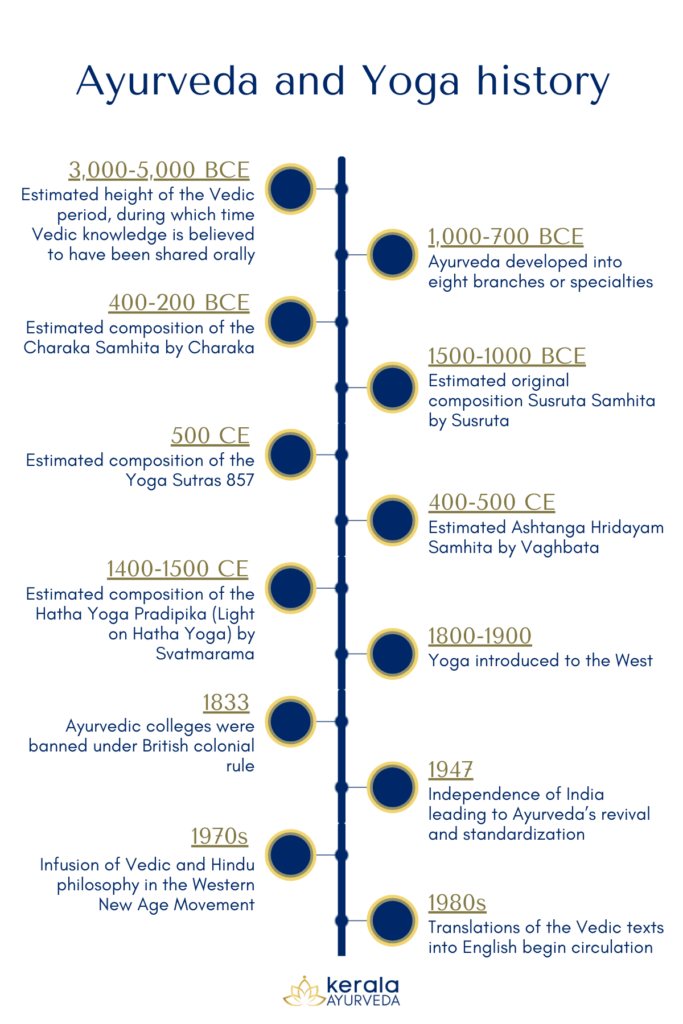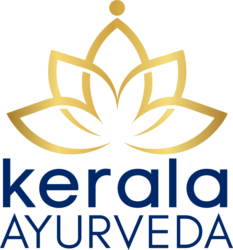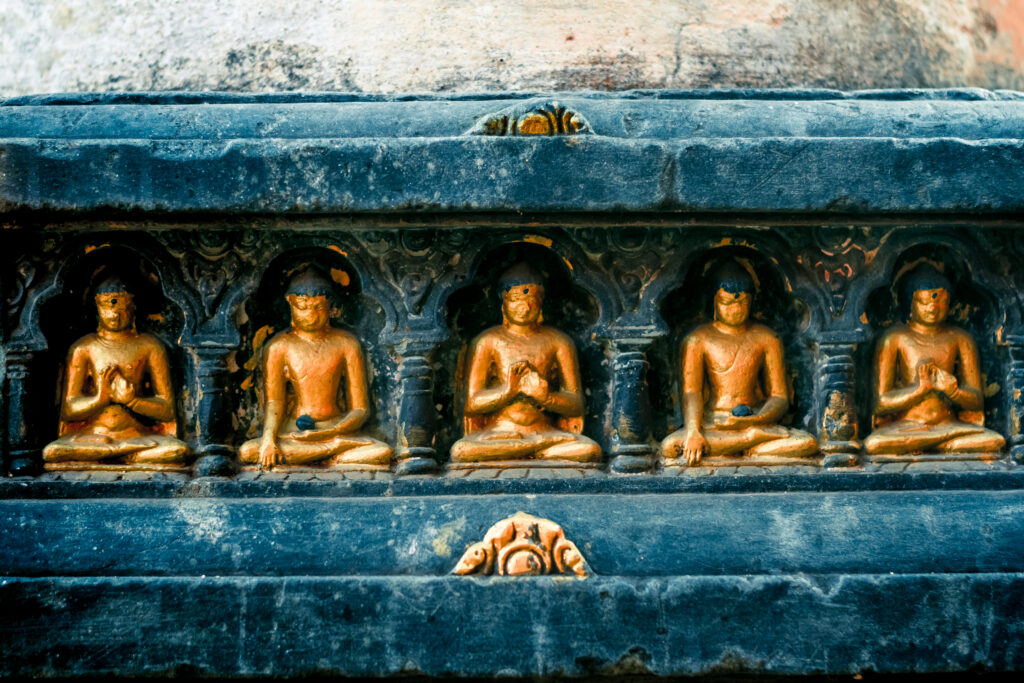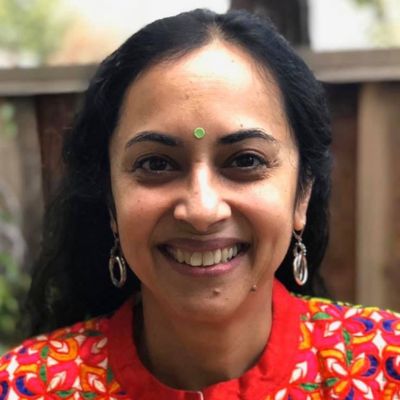The early history of Ayurveda and Yoga
The Vedic texts
The Vedas are ancient scriptures, composed in Sanskrit, and said to have been cognized thousands of years ago. They are a collection of poems and hymns originally passed on through oral tradition and then finally written down around 1500 BCE – 500 CE. There are four Vedic texts known today: the Rig Veda, the Sama Veda, the Yajur Veda, and the Atharva Veda, each focusing on specific subjects or Upavedas. The origin of both Ayurveda and Yoga can be traced back to the Rig Veda. And while the Rig Veda speaks to medicine, the Atharvaveda contains the majority of the medical ideas pertaining to Ayurveda.

The evolution of Ayurvedic knowledge
Between 1000-700 BC, Ayurveda developed into eight branches or specialties: internal medicine (kayachikitsa), surgery (shalya tantra), eye, ear, nose, and throat diseases (shalakya tantra), pediatrics (kaumarabhritya), toxicology (agada tantra), psychiatry (bhuta vidya), rejuvenation (rasayana) and aphrodisiacs or sexual vitality (vajikarana). Additionally, two schools were formed during that time, the Atreya School of Physicians, and the Dhanvantari School of Surgeons.
The mantras and religious aspects of medicine presented in the Vedas were eventually subjected to tests for efficacy based on more scientific thinking and then rearranged into compilations known as the Samhitas.
The three oldest and most authentic Samhitas, also known as the Great Trio or Brihat Trayi, are the Charaka Samhita (400-200 BCE), Sushruta Samhita (composed between 1500-1000 BCE, and adapted in the second century BCE), and Ashtanga Hridayam Samhita (400-500 CE). The Charaka Samhita focuses on internal medicine representing the Atreya school of physicians, the Sushruta Samhita on surgery or Dhanvantari school of surgeons, and the Ashtanga Hridayam Samhita the eight branches or specialties of Ayurveda.
The development of Yogic knowledge
Maharishi Patanjali, the father of classical yoga, wrote the Yoga Sutras around 500 BC. The Sutras are considered the authoritative text on Yoga and outline its eight limbs: Yama (social ethics), Niyama (personal ethics), Asana (postures), Pranayama (breathwork), Pratyahara (withdrawing senses), Dharana (one-pointed focus), Dhyana (meditation) and Samadhi (merging with the self).
The Bhagavad Gita simplified the Yoga Sutras and further expanded upon them through its powerful dialogue between Krishna and Arjuna. During this exchange, three distinct types of Yoga are discussed: the Yoga of Action (Karma Yoga), the Yoga of Knowledge (Jnana Yoga), and the Yoga of Devotion (Bhakti Yoga).
Written in the 15th century by Svatmarama, the Hatha Yoga Pradipika (Light on Hatha Yoga) later documented the practices of yoga through asana, mudra, meditation, and pranayama. As you can see, the history of Yoga includes so much more than just the asanas!

The spread of Ayurveda and Yoga
Yoga was introduced to the West in the 19th century. Much credit for its migration is often given to Swami Vivekananda, who gave lectures, established learning centers, and promoted Yoga philosophy throughout the U.S. Paramahansa Yogananda (author of Autobiography of a Yogi) further contributed to the expansion of the history of Yoga in the West through his lectures, centers, and writings during the 1920s.
During the same period in India, Krishnamacharya popularized Hatha Yoga with a focus on physical practice or asana. Two of his students, B.K.S Iyengar and T.K.V. Desikachar developed and spread their own adaptations of hatha and vinyasa yoga throughout the U.S., resulting in the predominant type of Yoga practice we see today.
While Yoga was part of daily life in India and gaining popularity in the U.S., it did not bring along its sister science, Ayurveda. India’s history is rife with Mughal invasions and British colonization. Ayurveda, as a medical science in India, was suppressed by the British. In 1833, all Ayurvedic colleges were banned. Many traditions, lineages, and knowledge were lost or destroyed. After independence from colonial rule in 1947, Ayurveda was revived and standardized by the Indian Government.
The Vedic texts and present-day spiritual culture inspired countless writers and artists between the 19th-20th centuries, including Ralph Waldo Emerson and T.S. Eliot. The Beatles, whose interest in Maharishi Mahesh Yogi’s organization of Transcendental Meditation, helped pave the way for Vedic influence on the New Age movement in the U.S. during the 1970s. In the 1980s, Indian physicians such as Vansant Lad and Deepak Chopra, began to teach and write about Ayurveda, setting the wave in motion for future growth.
Today, Ayurvedic schools, professionals, manufacturers, and organizations abound, and Ayurveda continues to spread as a lifestyle-based, preventive, personalized, and natural form of medicine the world over.
The benefits of connecting Ayurveda and Yoga
As sister sciences, Ayurveda and Yoga work together to provide great benefits at all levels. Yoga provides support to the mind and spirit, and Ayurveda awakens self-healing of the mind-body’s imbalances and diseases. When combined, both help the individual to attain the highest form of healing, self-realization, or the transformation from physical existence to spiritual being.
“Yoga is the intelligence of prana seeking greater evolutionary transformations, while Ayurveda is its healing power seeking to consolidate the life systems it has already developed”.
– David Frawley






